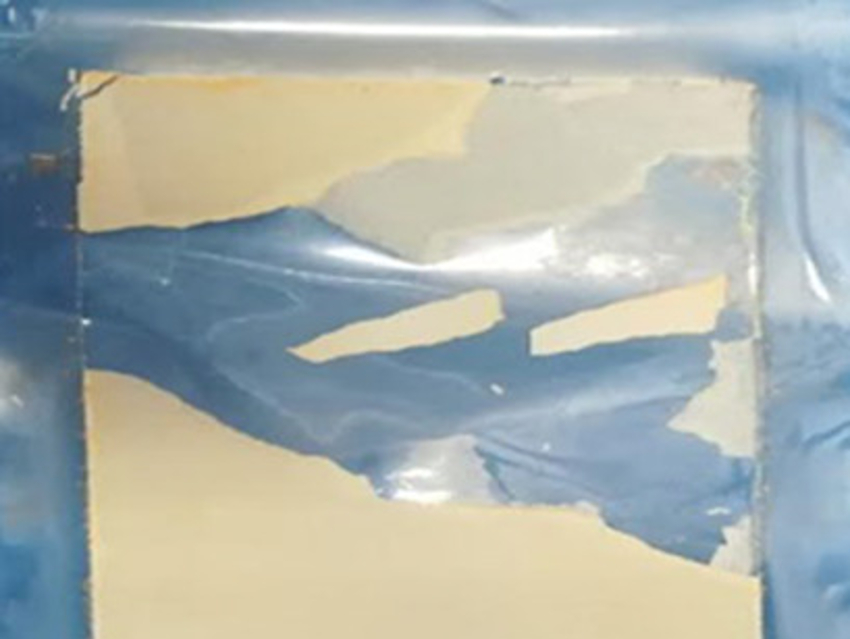To ensure the supply of freshwater in dry regions of the world, seawater is desalinated in a staged process called multiple-effect distillation (MED). The seawater is heated, and the steam is fed into the next stage, diminishing the mineral components in the water in each step. A major problem, however, is the fouling of the heat exchangers. Over time, the inorganic salts accumulate and deposit on the heat-exchanger layer. This not only effects the desalination performance, but also increases costs due to the continuous need for scale-reducing chemicals and maintenance shutdowns.
Hans-Jörg Bart, TU Kaiserslautern, Germany, and colleagues have investigated polymer-film heat exchangers made of polyether ether ketone (PEEK) as heat-exchanger materials in seawater thermal desalination processes. The team measured the fouling resistances of pure PEEK films, PEEK films with a talcum filler, and stainless‐steel films in a pilot plant using artificial seawater. A lower roughness, such as displayed by the pure PEEK film, leads to lower adhesion forces, and therefore, less scaling. Since the fouling layer is very fragile and brittle, it can detach itself (pictured) under the flow of seawater.
This provides a good basis for in situ cleaning, since a temporary increase in flow velocity can remove the scale buildup and no lengthy process shutdowns are necessary. It also removes the need for anti-fouling chemicals. It can be concluded that a thin coating of PEEK polymer material is a viable alternative to the traditionally used metallic heat-exchanger surfaces and could significantly reduce the overall costs of seawater desalination.
- Polymer Film Heat Transfer Surfaces in Seawater Desalination: Fouling Layer Formation and Technology,
Hendrik Kiepfer, Waid Omar, Timo Schröder, Hans-Jörg Bart,
Chem. Eng. Technol. 2020.
https://doi.org/10.1002/ceat.201900492The article is part of a Chemical Engineering & Technology Special Issue on Industrial Crystallization.




